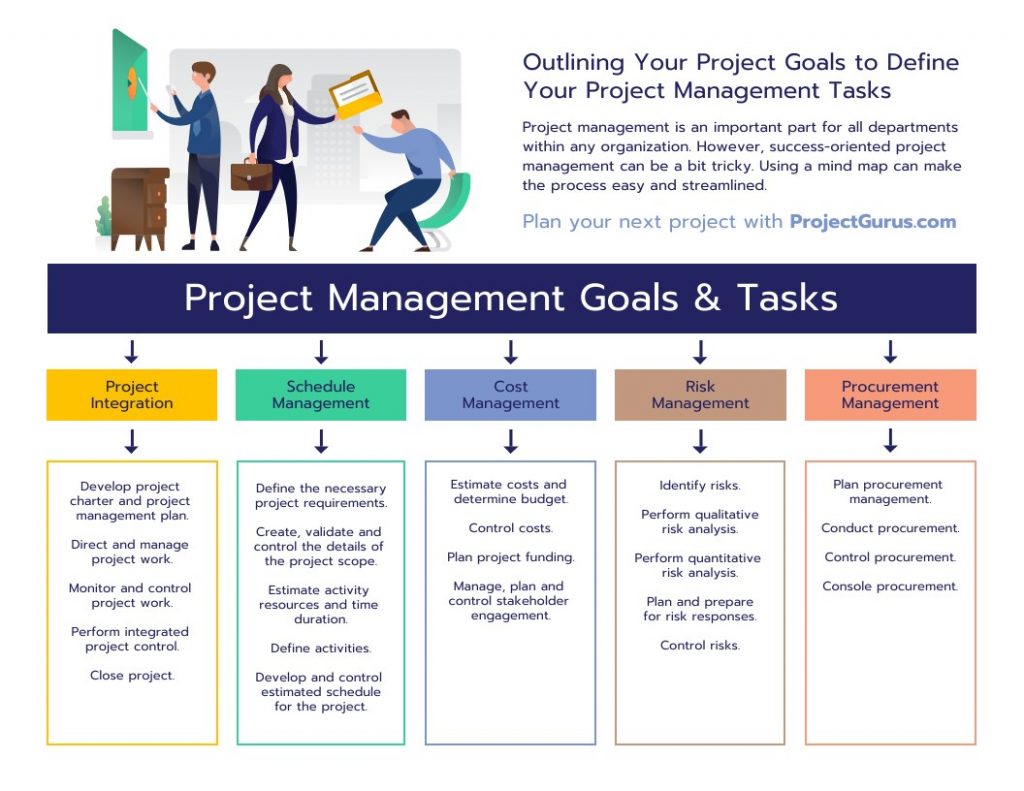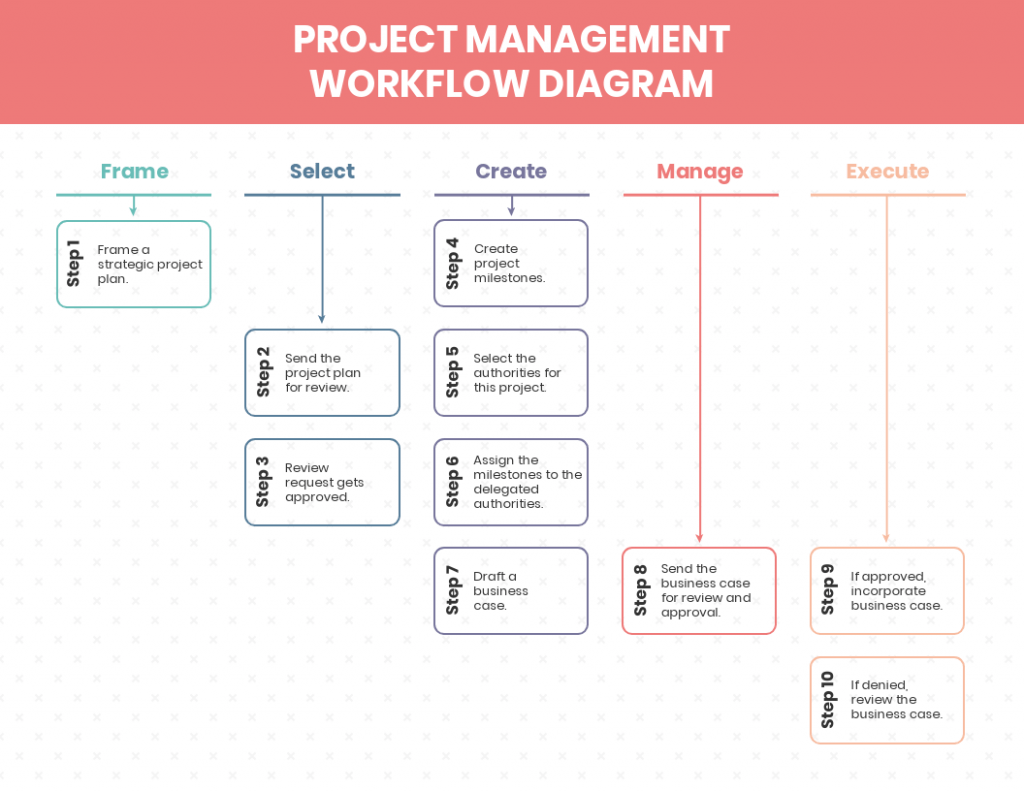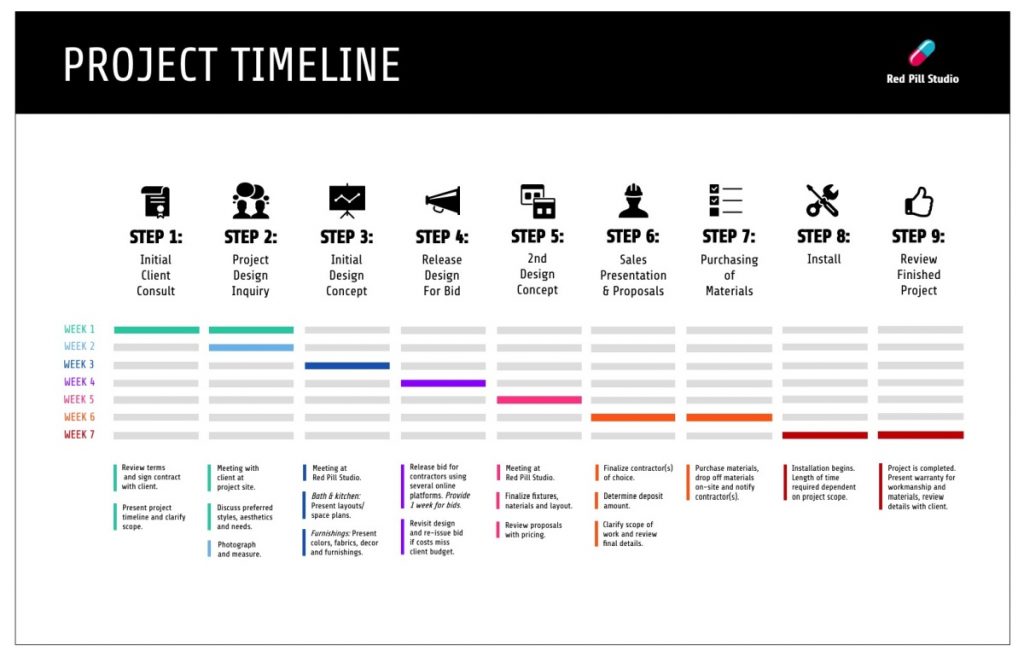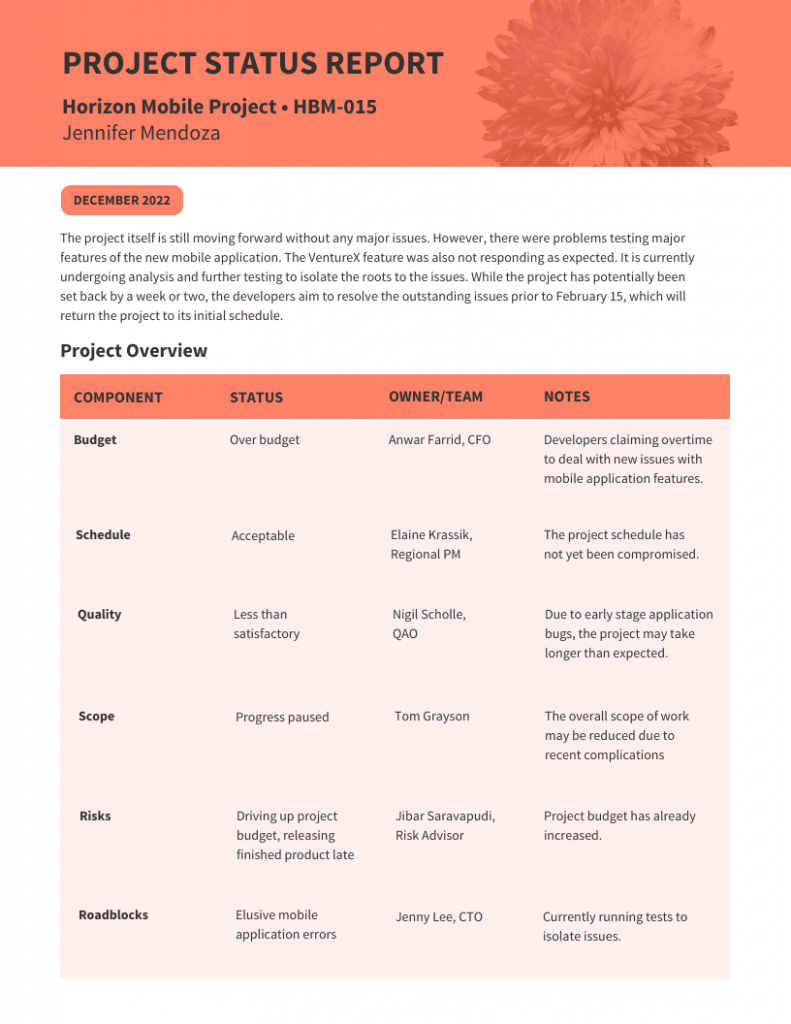One of the best parts of being a freelancer is that you are your boss. But this also means that you’re in charge of your own time.
Neither the manager is looming over your shoulder, nor do you have a fixed office-going routine you’re bound to.
While this is a blessing in many ways, if not managed properly, it can turn out to be detrimental to your freelance career.
Between attending client meetings and working on projects to sending invoices and looking for more clients — a freelancer’s life can get rather chaotic.
In all of this, how do you stay productive and keep clients happy? The answer lies in good freelance project management.
Let’s take a look at how you can manage multiple projects efficiently as a freelancer without losing your calm.
Project management for freelancers: Tips to manage multiple projects efficiently
1. Establish the scope of work
How many times have you had to revisit a particular project just because the client forgot to mention a key detail or had a sudden change in needs?
This is known as scope creep.
It’s a frustrating situation to be in because not only is your schedule suddenly disrupted but you’re also asked to squeeze in last-minute additions in the same payout.
One of the most effective ways to prevent that is by establishing a scope of work and including it in the contract. The purpose of this document is to define the project deliverables. It needs to include:
- Detailed project deliverables
- Deadlines
- Cost and mode of payment
- A clause on changes and revisions
Doing this helps you set (and document) clear expectations upfront and does not leave any room for misinterpretation.
2. Create a project plan
We can all agree that communication plays a vital role in improving client relationships. Don’t be that freelancer who receives the project details from the client and disappears for days together.
You need to communicate with your clients and keep them updated on every step of the project, informing them about your strategy and execution plan.
A good place to start is by creating a project plan.
This document serves as a roadmap for the project, helping you and your clients visualize the project goal, deliverables, and timelines. Not only does this reflect your proactiveness but also serves as a reference guide when you’re juggling multiple clients at once.
Here’s a mind map project plan template you can use. It outlines the goals and breaks down the project into smaller tasks.

Source: Venngage
3. Set realistic deadlines
Your client wants a task completed in one week and while you’re aware you have other projects in the pipeline, you find yourself agreeing to that impossible deadline.
What follows is chaos: You’re either unable to deliver on time or you let this task eat into other projects. In either case, you end up disappointing at least one client.
This is a scenario that needs to be avoided at all costs.
While it’s never easy to negotiate deadlines, it’s better to proactively set realistic deadlines than defaulting at the last minute.
According to a Forbes article, “When making a time commitment to someone, always give yourself room to beat the timeframe you committed to, or at the very least, meet it. If it’s going to take you one day, tell them it’s going to take two. Then, when you beat that timeline, they’re thrilled.”
That’s an interesting tactic you can implement while setting deadlines. Make sure you review the projects you’re working on and agree on a deadline that works for both parties.
4. Plan your workflow
Once you’ve established the scope of work and got your client’s approval on the project plan, it’s time to plan workload management.
A good way to plan your work without missing out on anything is by process diagramming and creating a workflow.
The first step is to get an overview of the projects you’re working on and the agreed-upon deadlines. As you’re managing multiple projects for different clients, you will need to take into account each of their guidelines and requirements.
For instance, as a freelance writer, you might be simultaneously working on the landing page copy for one client and an eBook for another. As the eBook is long-form, it will require more time.
So, break down each project, jot down the number of hours required, and create a workflow. The idea is to keep track of your projects and ensure you deliver every project on time.
Here’s an example of a simple project management workflow you can create using a diagram maker.

Source: Venngage
5. Visualize timelines
Another internal document you can create to manage multiple projects efficiently is a timeline. It gives you an overview of the different projects you’re working on.
It’s not enough to just keep a note of the project deadlines. To organize projects and deliver on time, it’s important to break them down into smaller, manageable activities and assign deadlines to each of those tasks.
This makes it easier to manage your projects while ensuring you complete every project on time, every time.
Here’s an example of a project management timeline you can create using a timeline maker. Notice how the weeks are color-coded, helping you get a quick overview of the tasks planned for every week.

Source: Venngage
6. Maintain a checklist
Checklists have been around for the longest time and are yet hugely underrated.
Let’s face it: as a freelancer managing multiple projects, it does get difficult to remember every minute detail or task. This is where checklists prove to be useful tools, letting you streamline your day-to-day tasks.
Not only do they enable you to organize your tasks and ensure nothing slips out of your mind but they also help you remain motivated and be more productive.
According to Atul Gawande, author of The Checklist Manifesto, “A good checklist is precise, efficient, and easy to use even in the most difficult situations.
It should provide reminders of only the most important steps, rather than trying to spell out everything—after all, a checklist can’t do your job for you. And above all, a checklist should be practical.”
This means that while creating a checklist, you need to break down larger projects into smaller tasks or actionable steps.
Let’s say you’re a freelance designer working on a homepage design. It’s not enough to write “design a homepage” on your checklist.
Instead, you should break it down into smaller activities such as doing research, defining the goal of the homepage, establishing branding guidelines, working on the wireframe, etc.
The idea is to be as specific and precise as possible while taking into account every small step that will lead you to project completion.
7. Provide timely updates
Every client appreciates getting timely updates from freelancers without having to ask them.
This is why it’s useful to send project status reports proactively. This helps all stakeholders visualize and track progress while maintaining effective communication. It gives clients peace of mind and lets them know that you’re on track.
It also allows you to address roadblocks and keep everyone in the loop in case of any delays. You might also want to highlight project milestones here just to illustrate how close you are to completing the project.
Here’s an example of a project status report template you can use. It gives a quick one-page summary of where the project stands and if it’s on track.

Source: Venngage
8. Use productivity tools
If you’re using spreadsheets to manage your projects, you’re doing it wrong.
The good news is that there are a host of productivity tools you can use to be more efficient and manage your time better.
Here are some useful productivity tools for freelancers:
- Project management: Monday.com, Teamly, Trello, and Asana
(Here’s a comparative study of Trello Vs Asana) - Communication: Slack and Chanty
- Calendar: Google Calendar and Calendly
- Note-taking: Evernote and Notion
- Time tracking: Time Doctor
- Invoicing: Invoice Berry, Bonsai, and Freshbooks
The takeaway: Manage multiple projects efficiently as a freelancer
It’s every freelancer’s dream to be working with a wide range of clients and make money. However, when it comes to that, not everyone is prepared to manage such a scenario.
These essential tips focused on project management for freelancers will help you manage multiple projects effectively while cultivating client relationships and growing your freelance business in the process.
About the Author

Simki Dutta is a content marketer at Venngage, a free infographic maker and design platform. She writes about all things marketing and communications.


